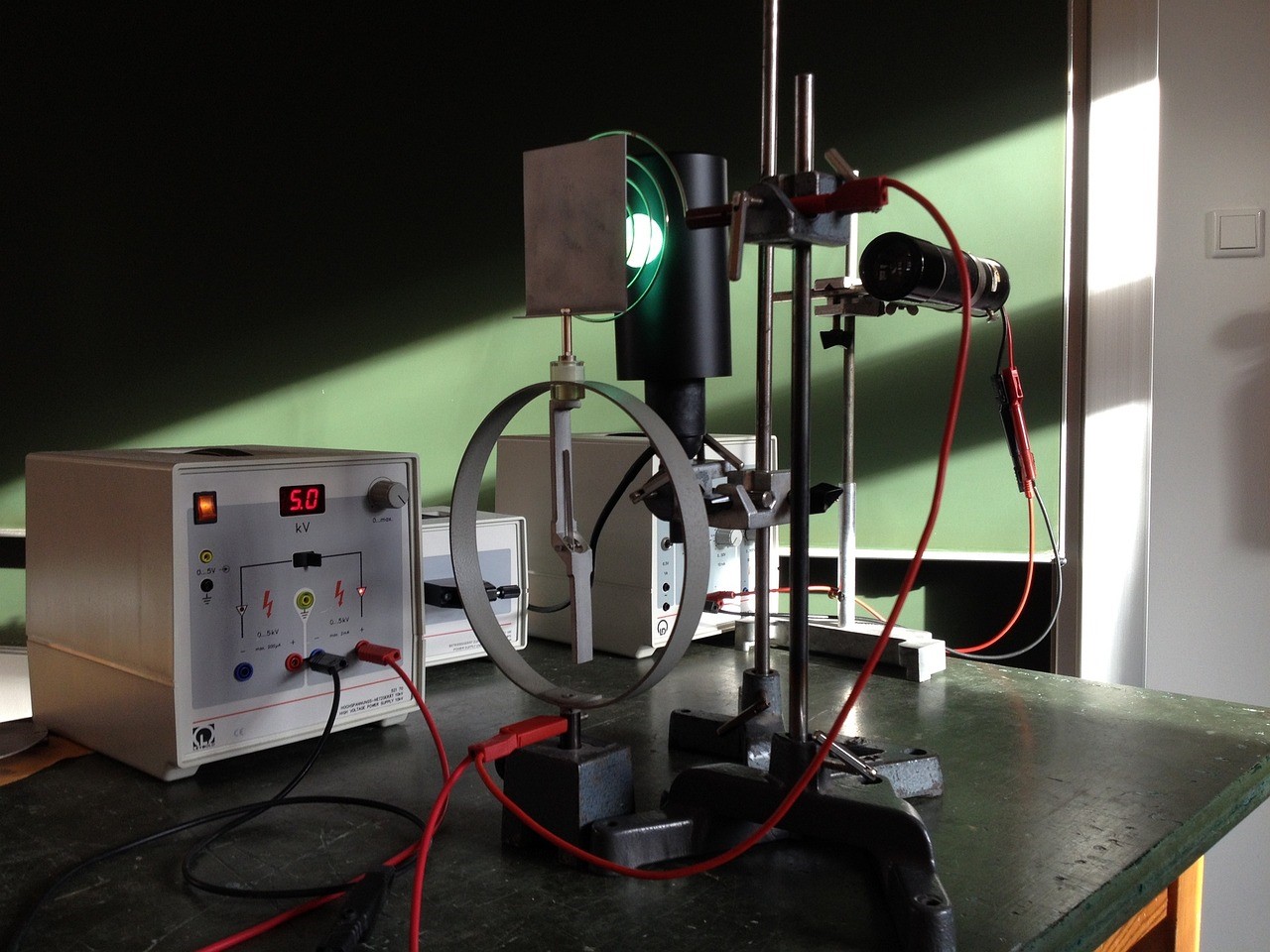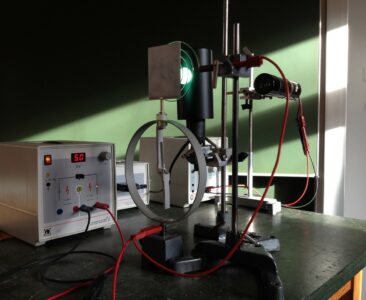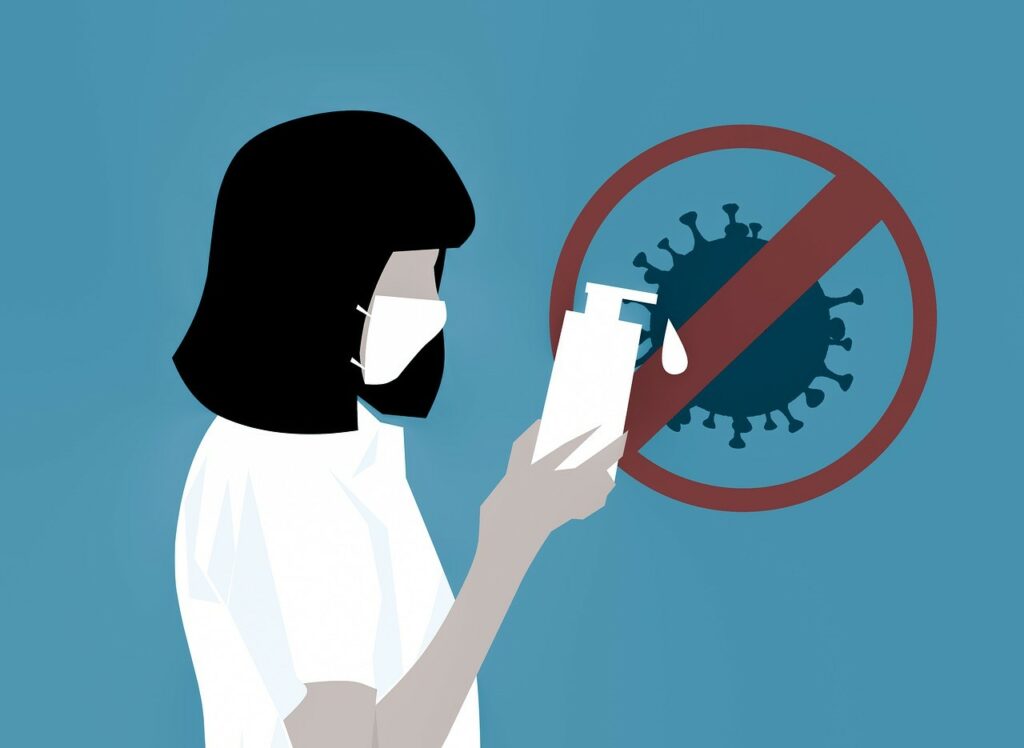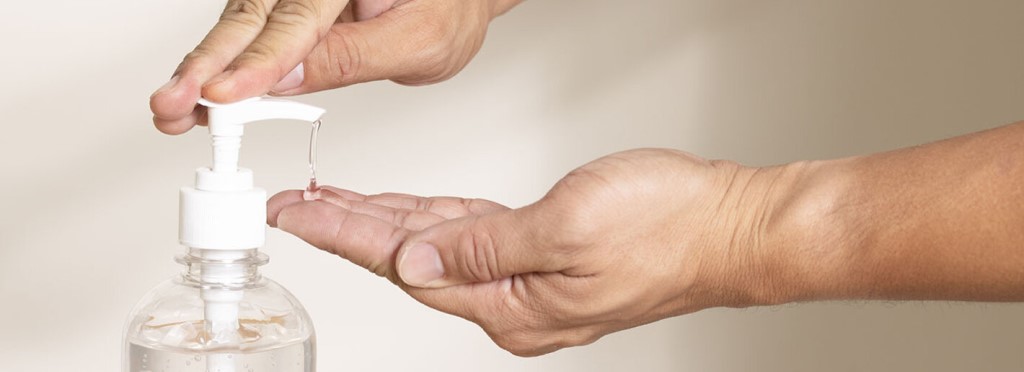In recent years, we can experience the increasing popularity of UV radiation, which is the main method for eliminating pathogens in various premises. It caused quite an obvious reaction and increased research to modify this method and improve its effectiveness.
Before proceeding to this method’s main characteristics and advantages, it is necessary to define the terminology. So, Ultraviolet is a form of electromagnetic radiation with a characteristic wavelength of 10 nm to 400 nm. Thus, it is shorter than a wave of light visible to the human eye and longer than a wave of X-rays. Accordingly, UV disinfection means the usage of this radiation the eliminate various pathogens (bacteria, fungi, viruses) located on surfaces and in the air.
Key Aspects to Know about UVC Disinfection
To understand the main benefits and drawbacks of this disinfection method, it is crucial to get an insight into the key peculiarities of UV radiation. Below, you can learn more on this topic.
How does it work?
The mechanism of impact of this technology is based on a direct effect on the DNA of the pathogen. As a result, the germ either dies or cannot function normally, that decrease the potential threat to the human health conditions. In order to generate this type of radiation, several methods can be used:
- A mercury lamp (the first and oldest generation of such equipment).
- LEDs (second-generation devices).
- UV chips.
The last option is the most advanced and is under active study. Although the wavelength range, in this case, may vary, the most effective is 264 nm. This method’s main advantage is that it can be applied to disinfect surfaces and air.
At the same time, this method does not bring indirect harm to humans. It is achieved by a special design of devices that excludes the direct influence of radiation on a human skin. At the same time, it is important to observe the safety and operation rules – it is forbidden to direct the radiation source to the skin or eyes.
The next advantage of this method is the lack of resistance in the microorganism due to the physical impact. It plays a key role in the use of UV devices in hospitals where the risk of nosocomial infection is high. Chemical disinfection, in turn, cannot guarantee this.
Compared to chemicals, this approach is also more environmentally friendly. However, here it is worth mentioning that we are talking about LEDs and UV chips. As for the first generation of devices, they contain mercury.
Basic limitations for using this method
As is known, the ideal disinfection method has not yet been invented. When choosing, you need to take into account several factors, including the type of washing, its dimensions, surface characteristics, etc. For example, if you are processing a surface, then the radiation should cover the entire area without exception.
Otherwise, the effect of such processing will be small. If the room is large or has a complex geometry, it makes sense to use several devices simultaneously. This way, you will be sure that all surfaces are covered with radiation and that there are no areas in shadow.
Another factor that is often overlooked is the hydrodynamics of UV reactors. This indicator plays a key role in the exposure of the air that circulates through the device. For the required efficiency of the apparatus, it is necessary to carry out calculations to ensure the passage of the required volume of air through the reactor.
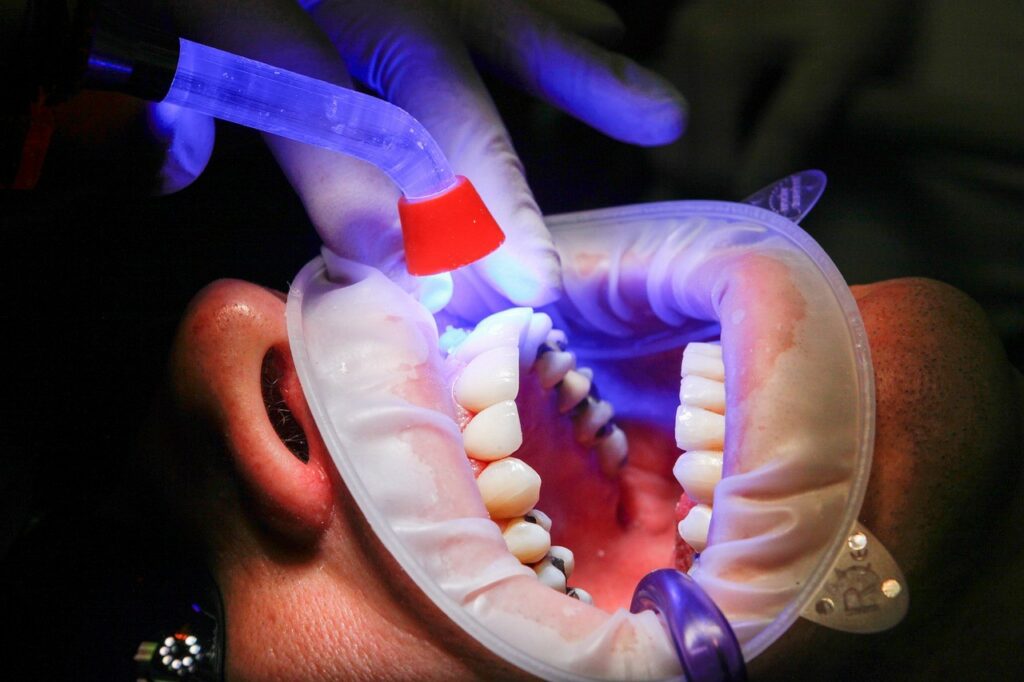
LED or UV chip: which is better?
As mentioned above, both devices are quite modern and can be used in almost any environment. However, there are fundamental differences that lied in the design features. The fact is that LED lamps are more powerful than the UV-chips. It is extremely important since they can cover a larger room area.
However, they also generate much more heat than chips. Thanks to this, you can use chips to disinfect the surface from a fairly close distance. It will not cause overheating of both the surface itself and the device.
Potential Use of UVC Disinfection in the Future
Undoubtedly there are many fields where this technology can be used both now and in the future. The most common disinfection methods are currently LED lamps and UV chips. In the future, it is planned to increase the power of the latter, while the design of the LED lamps will be upgraded in order to reduce the heating of the air around the equipment.
At the same time, there is a chance that only one option with a chip will remain predominant on the market. The main reason is that it is the most promising and technologically advanced. At the same time, there is no doubt about the future of old mercury lamps. Most likely, they will be completely abandoned due to the extremely unfavorable impact on the environment. Moreover, they are relatively short-lived and consume a lot of electricity. Now, you can find really tiny equipment: some devices do not exceed a few millimeters in size while consuming a minimum amount of energy.
As a result, you can charge them using simple batteries. In addition, they do not heat up the surrounding air and surfaces, are more stable from the mechanical point of view, and have a long working life (on-off cycles). When it comes to practice, they are confident winners as well. Now hospital workers can carry a small device in their pockets that run on batteries. If you need to disinfect, for example, your stethoscope, you can do it on the go and in a few minutes.
This technology will continue to evolve in the future, and we will see devices that can be placed literally anywhere. A rare increase in demand for this equipment on the market confirms this. A lot of companies invest significant amounts of funds and attract specialists to develop and improve these technologies and become leaders in the industry.
